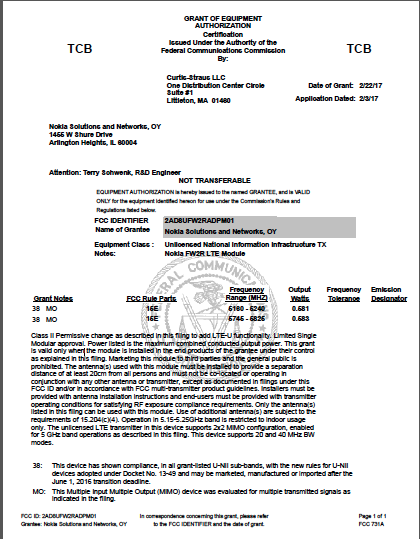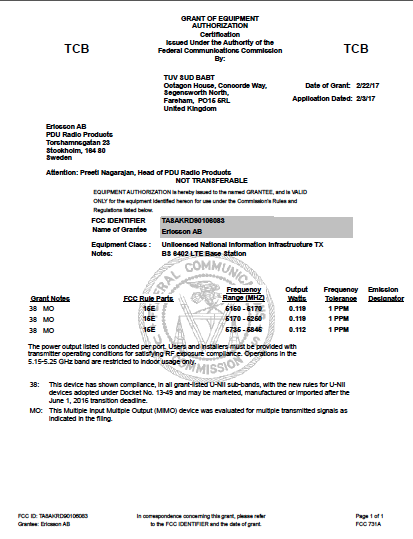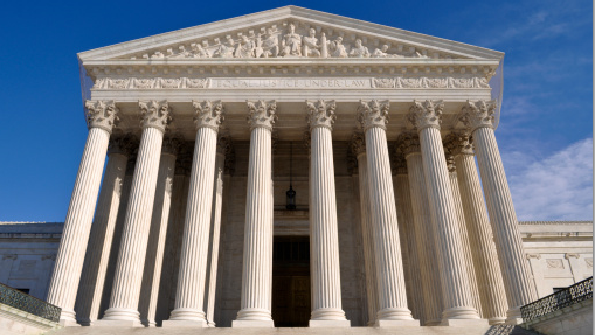FCC OK’s First Unlicensed LTE in 5 GHz
WASHINGTON—The Federal Communications Commission this morning announced that it had “just authorized the first LTE-U—LTE for unlicensed—devices in the 5 GHz band.” This was according to a tweet from @FCC on Twitter, and soon after, a rare blog post from Julius Knapp, chief of the FCC Office of Engineering & Technology.
“This action follows a collaborative industry process to ensure co-existence of LTE-U with Wi-Fi and other unlicensed devices operating in the 5 GHz band,” Knapp wrote.
(Addendum: Please note that after publication of this article, TV Technology was apprised of T-Mobile’s intention to launch LTE-U later this year: “T-Mobile Tees Up LTE-U for Spring Deployment,” Feb. 23, 2017 )
There was no specific public notice on the action, but rather a couple of equipment modification grants for Ericsson and Nokia. The Nokia grant covered its FW2R LTE module, a 2x2 MIMO transmitter operating in the 5,160 to 5,240 MHz band at 0.581 watts maximum combined conducted output power; and at 5,745 to 5,825 MHz at 0.583 watts output—in both 20 and 40 MHz BW modes.


Nokia received a limited single-modular approval (click image at right for .pdf version) subject to a number of conditions, including that it the FW2R cannot be marketed to third parties or the general public. The antenna also must be installed to provide a “separation distance of at least 20 centimeters” from people and not be co-located or operating with another antenna or transmitter outside of the scope of the modification.
The Ericsson grant, below at right, covered its BS 6402 MIMO LTE base station, pictured above, in the 5,150-5,170 MHz and 5,170 to 5, 250 MHz bands at 0.119 watts output, for indoor operations only. A third set of frequencies, 5,735 to 5,845 MHz was approved at 0.112 watts output.
In addition to the tweet and the blog post, the grants were ballyhooed in a statement from FCC Chairman Ajit Pai:
“LTE-U allows wireless providers to deliver mobile data traffic using unlicensed spectrum while sharing the road, so to speak, with Wi-Fi,” he said. “…voluntary industry testing has demonstrated that both these devices and Wi-Fi operations can co-exist in the 5 GHz band. This heralds a technical breakthrough in the many shared uses of this spectrum.”
Also see...
Sept. 28, 2015
“LTE-Unlicensed Spectrum Group Forms”
‘Evolve’ is the name taken on by a newly formed coalition of wireless carrier groups advocating for development of unlicensed LTE technology, or LTE-U, also known as “LAA,” or “Licensed Assisted Access.”

The professional video industry's #1 source for news, trends and product and tech information. Sign up below.
